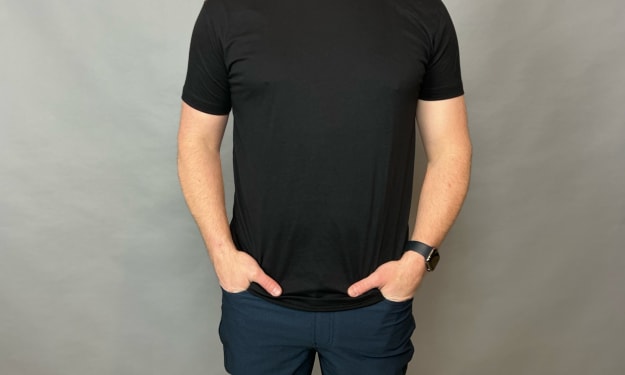Second-Hand Luxury: Is Pre-Owned the Future of High-End Fashion?
Why Second-Hand Luxury is Winning Hearts and Markets

The realm of luxury fashion is undergoing a transformative shift, moving beyond the allure of the latest collections to embrace the elegance and sustainability of second-hand luxury. This trend, powered by a blend of economic sensibility, environmental consciousness, and technological advancements, is reshaping how luxury brands, retailers, and consumers perceive value and luxury. For many, a carefully curated collection of luxury items serves as personal trophies, symbols of achievement, and refined taste. As we delve into the nuances of this market, it's clear that for marketers, advertisers, tech innovators, and luxury brand strategists, understanding this shift is pivotal to navigating the future landscape of high-end fashion.
Market Trends in Second-Hand Luxury
Recent years have witnessed remarkable growth in the pre-owned luxury market, with analysts predicting a bright future. Key drivers include the increasing consumer desire for sustainable choices, the democratization of luxury through more accessible price points, and the allure of unique, vintage finds. These factors are drawing a new generation of consumers who blend traditional luxury aspirations with modern values.
Economic Viability of Pre-Owned Luxury
For consumers and businesses alike, the pre-owned market offers significant economic benefits. Shoppers can access high-end brands at a fraction of the original price, while businesses and platforms see healthy profit margins through resale. This circular economy not only extends the life cycle of luxury items but also promotes a more inclusive luxury market.
Sustainability and Corporate Responsibility
The luxury sector is aligning with eco-friendly initiatives by integrating second-hand offerings into their business models. This commitment to sustainability is seen as a crucial element in addressing the environmental impact of fashion production and consumption, reinforcing the brand's image as both luxurious and responsible.
Challenges and Opportunities for Retailers
Incorporating pre-owned luxury into traditional business models presents both challenges and opportunities. Retailers must navigate issues of quality control, authentication, and the logistical nuances of a diverse inventory. However, those who successfully adapt can tap into a growing market segment eager for sustainable luxury options.
1. Digital platforms and e-commerce integration
The success of the pre-owned luxury market is largely facilitated by digital platforms and e- commerce, which connects sellers and buyers worldwide. These platforms leverage technology to ensure authenticity, enhance the customer experience, and streamline the resale process, setting a new standard for online luxury shopping.
2. Building trust in the second-hand market
Trust is fundamental in the pre-owned luxury market. Platforms and retailers are investing in robust authentication processes and customer service excellence to build confidence among consumers. Transparent operations and customer reviews play a crucial role in establishing credibility and loyalty in this sector.
3. Strategic partnerships and collaborations
Collaborations between luxury brands and resale platforms are emerging as a strategic approach to embrace the resale market while maintaining brand integrity and reach. These partnerships allow brands to engage with a broader audience and manage the lifecycle of their products more sustainably.
4. Consumer perception and brand image
Changing consumer perceptions about second-hand luxury is crucial for its continued growth. Brands and retailers are crafting narratives that highlight the exclusivity, history, and sustainable appeal of pre-owned items, aligning these offerings with their brand values and enhancing their overall image.
5. Legal and regulatory considerations
Navigating the legal and regulatory landscape is essential for businesses operating in the pre- owned luxury market. Ensuring compliance with standards and regulations related to authenticity, quality, and consumer rights is paramount to maintaining trust and integrity within the industry.
6. Customization and personalization in the resale market
As the pre-owned luxury market matures, opportunities for customization and personalization are expanding. From bespoke restoration services to tailored shopping experiences, these offerings enhance the value proposition of pre-owned luxury, making it more appealing to discerning consumers.
The rise of pre-owned luxury fashion is not just a passing trend but a significant shift towards a more sustainable, inclusive, and economically viable luxury market. For luxury marketers, retailers, and strategists, embracing this shift means rethinking traditional models, leveraging technology, and fostering a culture of sustainability and innovation. As we move forward, the success of second-hand luxury will hinge on its ability to blend timeless elegance with the values of a new generation of luxury consumers.
About the Creator
Mike Szczesny
I am the owner and vice president of EDCO Awards & Specialties, a dedicated supplier of employee recognition products, branded merchandise, and athletic awards. We help companies in expressing gratitude and appreciation to their employees.






Comments
There are no comments for this story
Be the first to respond and start the conversation.